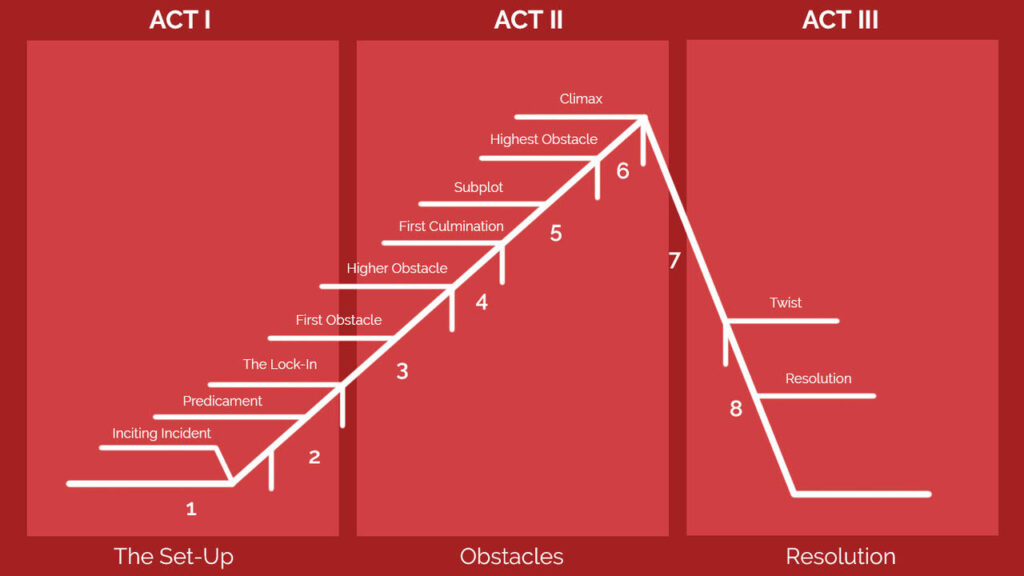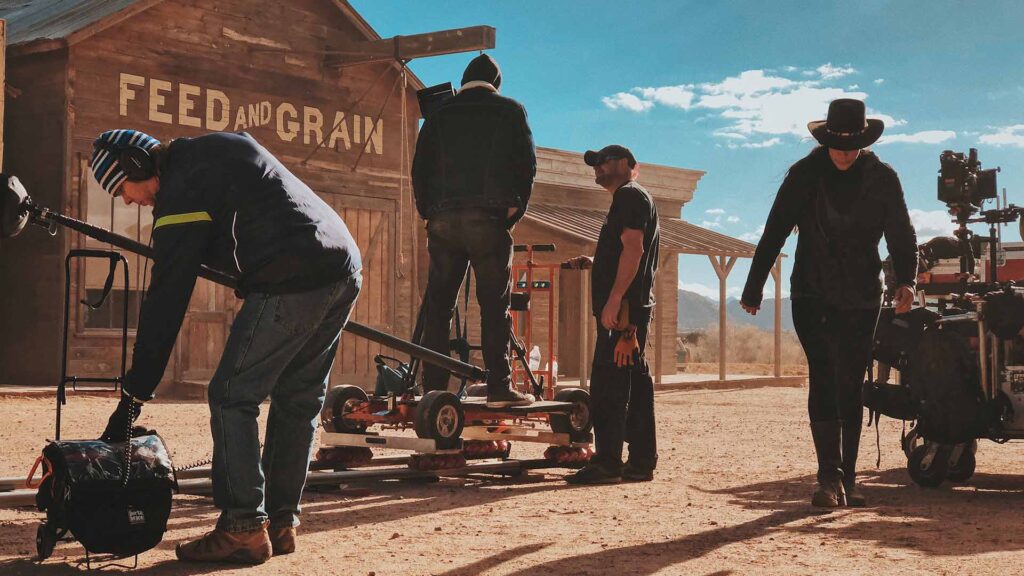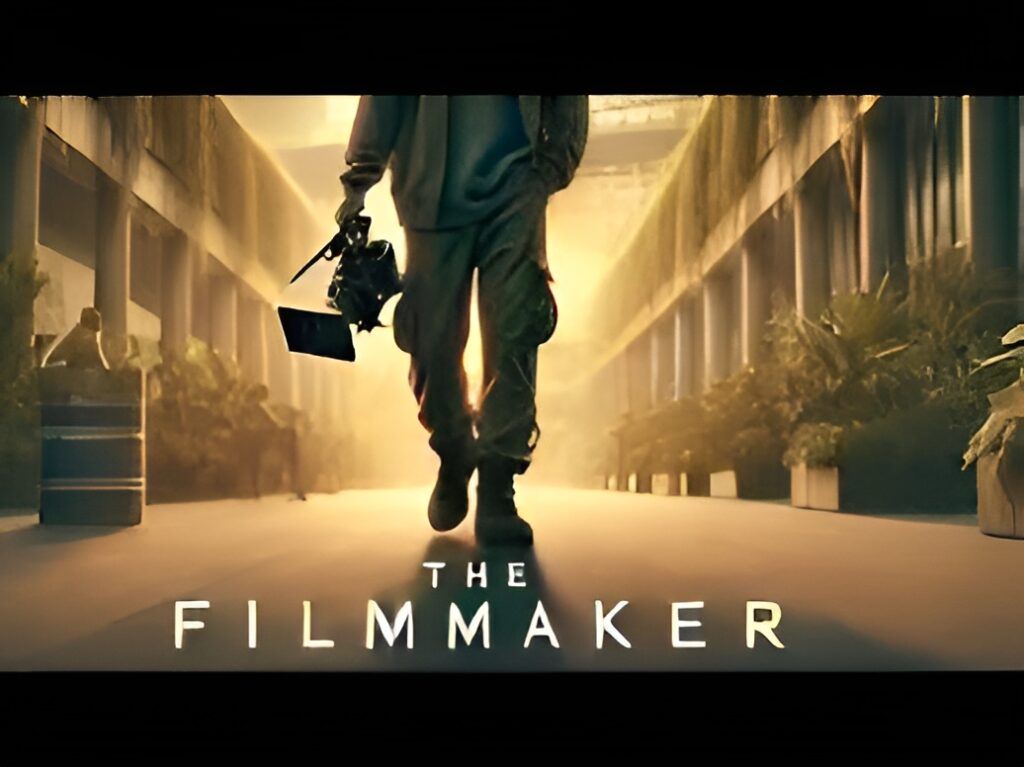
Comprehensive Guide to Screenplay, Storytelling, Storyline, and Visual Screenplay
Creating an engaging and impactful screenplay, developing a storyline, mastering storytelling, and crafting a visual screenplay are critical aspects of filmmaking. This guide delves deeply into each component, providing clear explanations and actionable steps to help you create an unforgettable cinematic experience.
1. The Essence of Storytelling
Storytelling is the backbone of any film, enabling you to connect emotionally with your audience. It involves crafting a narrative that is relatable, impactful, and engaging.
Why Storytelling Matters
- Emotional Connection: Stories evoke emotions and build empathy.
- Memorability: A well-told story stays with the audience long after the film ends.
- Purpose: Stories communicate messages and ideas effectively.
Elements of Great Storytelling
- Relatable Characters: Characters should feel authentic and multidimensional.
- Conflict: Introduce a challenge or obstacle that drives the narrative.
- Resolution: Conclude with a satisfying or thought-provoking ending.
- Theme: Ensure your story aligns with a central message or moral.
2. Developing a Strong Storyline
A storyline is the structural framework of your narrative. It outlines the key events and their sequence, ensuring a coherent flow.
Steps to Develop a Storyline
- Start with a Concept: Identify the main idea or theme of your story.
- Example: “A young woman overcomes societal barriers to achieve her dreams.”
- Outline Key Events: Use the three-act structure to map your story:
- Act 1 (Setup): Introduce characters, setting, and conflict.
- Act 2 (Conflict): Deepen the challenges and emotional stakes.
- Act 3 (Resolution): Resolve the conflict and deliver the message.
- Add Layers: Include subplots and character arcs to enrich the storyline.
- Revise and Refine: Review the storyline for logical consistency and emotional impact.
3. Writing the Screenplay
A screenplay translates the storyline into a detailed script, specifying dialogues, actions, and visual elements.
Components of a Screenplay
- Scene Headings: Indicate location and time (e.g., INT. LIVING ROOM – DAY).
- Action Lines: Describe on-screen actions succinctly.
- Dialogue: Write natural, character-driven conversations.
- Parentheticals: Provide brief actor instructions (e.g., angrily).
- Transitions: Guide scene changes (e.g., CUT TO, FADE IN).
Tips for Effective Screenplay Writing
- Show, Don’t Tell: Use actions and visuals to convey emotions and ideas.
- Keep It Concise: Trim unnecessary dialogues or descriptions.
- Focus on Pacing: Maintain an engaging rhythm throughout the script.
- Edit Thoroughly: Review multiple drafts for clarity and coherence.
4. Crafting a Visual Screenplay
A visual screenplay emphasizes imagery and cinematic elements to enhance storytelling. This approach ensures that the narrative resonates through visuals as much as dialogue.
Key Aspects of a Visual Screenplay
- Strong Visual Descriptions: Detail the setting, actions, and expressions vividly.
- Example: “The sun sets behind the hills, casting a warm orange glow over the fields.”
- Symbolism: Use imagery to represent deeper meanings.
- Example: A wilting flower to symbolize fading hope.
- Shot Composition: Plan camera angles and movements that align with the narrative.
- Close-ups for intimacy, wide shots for isolation.
- Lighting and Color: Create moods and emphasize themes using light and color palettes.
5. Integrating Storytelling and Visuals
Combine storytelling techniques with visual elements to create a cohesive film.
Steps to Integration
- Align Visuals with Themes: Ensure the cinematography complements the narrative’s emotional tone.
- Focus on Key Moments: Highlight pivotal scenes through impactful visuals and sound design.
- Use Subtlety: Avoid over-explaining; let visuals convey underlying messages.
- Edit for Flow: Seamlessly weave together scenes to maintain audience engagement.
6. Enhancing Creativity in Screenplay Writing
Creativity transforms a good screenplay into an extraordinary one. Infuse originality and innovation to stand out.
Creative Techniques
- Non-linear Storytelling: Experiment with flashbacks or alternate timelines.
- Unconventional Characters: Introduce characters with unique traits or perspectives.
- Twists and Turns: Surprise the audience with unexpected developments.
- Open-ended Conclusions: Leave room for interpretation to spark discussions.
7. Visual Storytelling Techniques
Visual storytelling goes beyond dialogues and actions; it creates an immersive experience for the audience.
Effective Techniques
- Montages: Convey a progression of time or emotions through a series of shots.
- Perspective Shots: Use first-person or unique angles to immerse the audience.
- Symbolic Imagery: Incorporate objects or visuals with layered meanings.
- Visual Contrasts: Juxtapose light and dark, chaos and calm, to emphasize themes.
8. Tools and Resources for Screenwriting
Leverage tools to streamline the writing and visualization process.
Popular Screenwriting Tools
- Final Draft: Industry-standard software for professional screenwriting.
- Celtx: Provides features for scriptwriting, storyboarding, and production planning.
- WriterDuet: Enables real-time collaboration on scripts.
Storyboarding Tools
- Storyboarder: Simplifies visualizing scenes through sketches.
- Canva: Offers customizable templates for storyboarding.
- Shot Designer: Assists in planning camera movements and blocking.
Conclusion
Mastering screenplay writing, storytelling, and visual storytelling is a journey that combines creativity, technical skills, and emotional intelligence. By understanding the nuances of each element and integrating them seamlessly, you can craft films that captivate audiences and leave a lasting impact. Embrace the process, experiment with ideas, and let your creativity shine.




